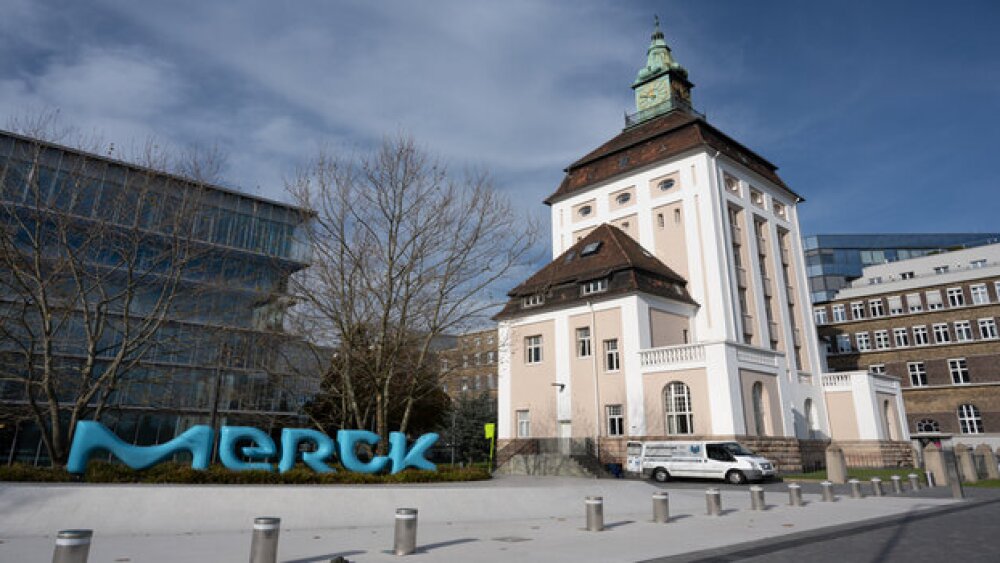October 17, 2013 -- The global animal vaccines market is in its growth phase and is poised to cross the $8 billion mark by 2018. The factors responsible for the growth of the market include increasing incidences of zoonotic diseases in humans; growing prevalence of animal diseases; and increasing investments by government bodies, animal welfare associations, and leading players. Another factor driving the growth in this space is the continuous innovations and introduction of new products in the market. Since 2012, more than 20 new products have been launched, showing the huge potential for growth in this arena. However, increasing maintenance costs for vaccines and the shift towards vegetarian food by consumers will restrict the growth of the market to some extent. With the growing awareness of animal health in emerging economies, new entrants as well as established players have huge opportunities by introducing novel vaccines like DNA and recombinant vaccines and by entering into emerging countries. The global market for animal vaccines is estimated to be worth $5.8 billion by 2013 and is expected to grow at a healthy CAGR of 8.1% to reach $8.6 billion by 2018.
Europe accounts for the largest share of the veterinary vaccines market, followed by North America. Both markets are reaching the maturity phase of growth and will register mid single-digit growth rates for the next five years. Asia, parts of Africa, and LATAM are poised to grow at double-digit rates owing to the increasing investment opportunities for companies in these immature markets and due to the improving healthcare facilities for animals. Countries like China, India, Australia, and Brazil will be major contributors to the growth of the market.
The market is dominated by tier I players and is fairly consolidated with the top 5 players contributing close to 70% of the share. New entrants face high barriers in entering this market as it is a capital-intensive industry with strict regulations.
Scope of the Report
This research report categorizes the global animal vaccines market on the basis of products, animal diseases, and technology. These markets are broken down into segments and sub-segments, providing exhaustive value analysis for 2011, 2012, and 2013 as well as forecasts up to 2018. Each segment of the market is comprehensively analyzed at a granular level, by geography (Europe, North America, Asia, and the Rest of the World), to provide in-depth information on the global scenario.
The global market is segmented as follows:
By Products:
Livestock vaccines
Porcine vaccines
Poultry vaccines
Companion animal vaccines
Equine vaccines
Aquaculture vaccines
Other veterinery vaccines
By Diseases:
Livestock vaccines
Bovine vaccines
Foot-and-mouth disease
Bovine viral diarrhea
Bovine clostridial diseases
Brucellosis
Infectious bovine rhinotracheitis
Others
Small ruminant veterinary vaccines
Small ruminant clostridial diseases
Scabby mouth infection
Pneumonia and septicemia
Pox diseases
Ovine Johne's disease
Others
Porcine vaccines
Porcine parvovirus
Porcine reproductive respiratory syndrome (PRRS)
Porcine circovirus II
Swine influenza
Swine pneumonia
Others
Poultry vaccines
Infectious bronchitis
Gumboro disease
Avian influenza
Coccidiosis
Marek’s disease
Newcastle disease
Others
Companion veterinary vaccines
Canine vaccines
Canine rabies
Canine distemper
Canine parvovirus
Infectious canine hepatitis
Others
Feline vaccines
Feline rabies
Feline panleukopenia
Feline viral rhinotracheitis
Feline leukemia
Others
Equine vaccines
Equine encephalomyelitis
Strangles
Equine influenza
Equine rhinopneumonitis
Others
Aquaculture vaccines
Vibriosis
Pasteurellosis
Furunculosis
Others
Other animal vaccines
By Technology:
Inactivated vaccines
Live attenuated vaccines
Toxoid vaccines
Conjugate vaccines
DNA vaccines
Recombinant vaccines
Subunit vaccines
By Geography:
Europe
North America
Asia
RoW
Help employers find you! Check out all the jobs and post your resume.




